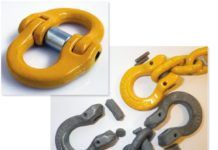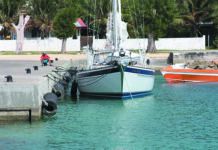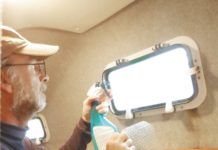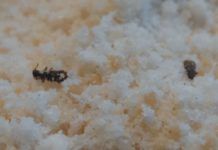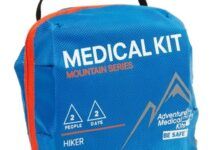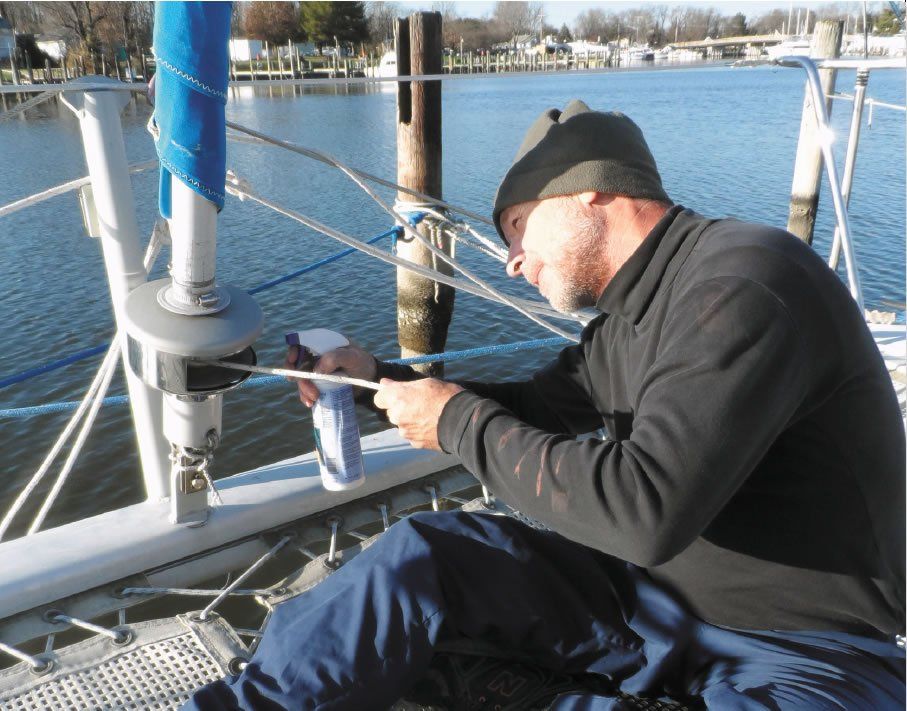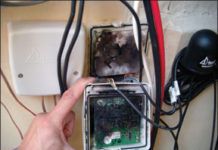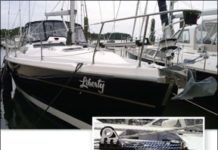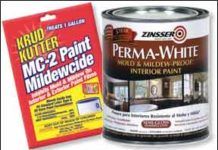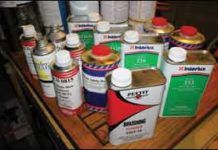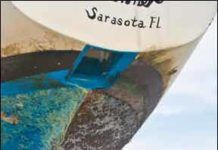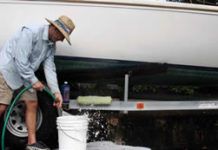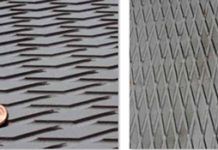Mailport: September 2013
In response to Whats in the Practical Sailor Toolbag? (PS, January 2012): How about a list of tools that a live-aboard cruiser should carry? Given storage, power, and workspace limitations, many of the suggested tools are not feasible and may require alternatives. For instance, I carry a major Dremel toolkit, and it cuts the very occasional holes I need for switch installation, etc., plus helps me with sanding and minor refinishing work. I use my Dewalt 18-volt right-angle drill probably twice a month for repairs and upgrades. I also use my cordless screwdriver several times per year, especially when removing and reinstalling my headliner while chasing wires. Most others are tools that don't require electricity, but there are many.
Silencing The Iron Genny
I really need to reduce the noise of our engine. Everyone seems to want to line the engine box to dampen noise. That scenario in my situation would be difficult as there is little space to line the interior of the box around the engine. I could line the outside of the engine box. Is this an adequate scenario? Has anyone determined whether this will have the same sound-insulating results?
Mailport: August 2013
On strolling through Port Townsend (Wash.) Boat Haven, while I was having some work done on my boat, I saw this boat (photo at right) and the owners attitude written on a sign in front of the boat. It reminded me of your June 18, 2013 blog, Dont Let Refit Pitfalls Derail Your Cruising Plans.
Where Credit Is Due: July 2013
After reading your article, A Sailor's Guide to Marine Insurance, I wanted to give a shout-out to Progressive Insurance (www.progressive.com), which has insured our Stiletto catamaran and our dinghy, outboard motors, and trailers. Customer service is extremely friendly and efficient on the phone any time we want to check or change our policy. And when lightning struck the mast of our catamaran, they sent an adjuster out within two days, took care of the paper work, and had a payment sent to us within two weeks. Thats an incredible turn-around time.
Mailport: July 2013
A few issues ago, you had a short article on deck hardware (blocks, traveler, cars, etc.) that included Garhauer, and you mentioned that the manufacturer offered individual parts and complete systems that allow conversion from on deck to cockpit adjustment of the car position. We recently installed the EZ adjustable genoa car system from Garhauer and are very pleased with the results. This equipment fits on existing traveler tracks, is easy to install, and performs as advertised.
Anti-Mildew Weapons
I was wondering whether you might have any comments on using bottom paint on the boats interior to help fight mold and mildew. Many bottom paints are ineffective out of the water, but I was wondering whether some of the new eco-friendly paints might prove to be a new weapon in the fight to work less and play more.
Indoor Sailboat Refinishing
I am restoring old fiberglass sailing club boats (Rhodes 19s) in a confined, heated space in winter, and I need to paint the topsides, decks, and bilges without poisoning the applicator. What do you suggest for a topside finish (white)? A repairable, long-lasting finish will be valued more than a high-gloss finish. Also, what do you suggest for the bottom paint? The boats will be in fresh water all summer; low environmental toxicity is a high priority.
Practical Sailors Semi-annual Bottom Paint Test Checkup
In this article, our semi-annual report on antifouling paints for sailboats, testers rate two sets of paint panels-one that has been in the water 26 months, and the other for 15 months. We also take a peek at our newest panel, which has been in the water for only four months. Testers found a few surprises-especially among eco-friendly bottom paints-and tapped the top antifoulings for specific needs, like the best racing paint and the best aluminum-safe paint.
Best Boat Soaps for Regular Washdowns
Sticking to a regular boat bath regimen not only keeps a boat looking good, but it also helps protect it from unnecessary, accelerated wear and tear. Practical Sailor tested a cross-section of 13 products-aerosol sprays, gels, powders, and liquids-advertised as either boat soaps or wash-n-waxes to find out which one was the best grime buster and which one left topside wax intact. The test lineup included products from well-known marine maintenance manufacturers-Star brite, Interlux, Woody Wax, Nautical Ease, 3M, Sudbury, and Marykate-as well as some familiar in the automotive and home cleaning industries-Mothers, Ecover, Eagle One, and K2r.
Nonskid Test Update
Practical Sailor recently tested a nonskid mat from Soft Deck Inc. as a followup to our January 2012 report on do-it-yourself options for replacing worn nonskid. Soft Deck Inc., owned by brothers and lifelong sailors Ross and George Champion, is a family-run business with manufacturing based in Southern California. The January report reviewed six nonskid paints, three nonskid additives, and two nonskid mats. For this evaluation, we used the same test protocol to compare the Soft Deck to our Best Choice mat, Tiflex’s Treadmaster (www.tiflex.co.uk.com).











